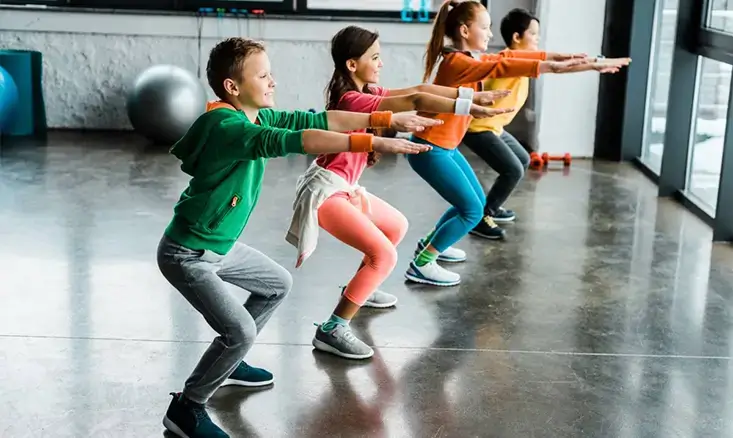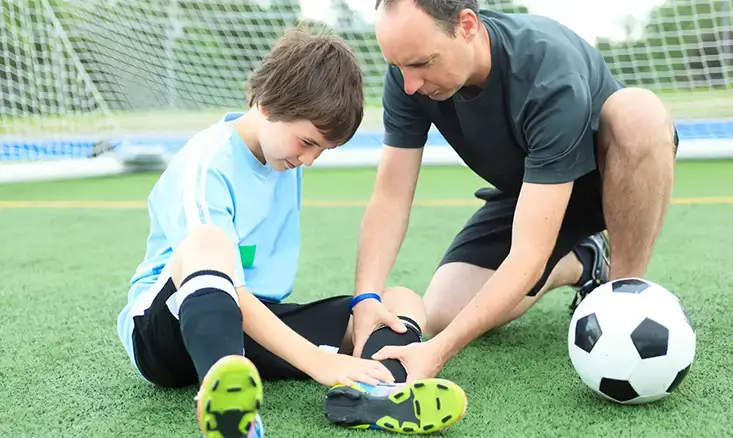Plyometric Exercises in ACL Injury Prevention Programs

CRFC BLOGS
LATEST BLOGS & NEWSLETTERS
Plyometric Exercises in ACL Injury Prevention Programs

One of the most effective strategies in reducing the incidence of ACL injuries is incorporating plyometric exercises for ACL prevention into athletes’ training routines. Plyometrics involve explosive jump training, which utilizes the muscle’s stretch-shortening cycle to enhance muscular power. The value of plyometrics extends beyond performance enhancement, serving as a critical component in injury prevention particularly for the ACL.
The Effectiveness of Plyometric Exercises

Key Plyometric Exercises for ACL Injury Prevention
Several specific exercises have been identified as particularly beneficial for ACL injury prevention:
1. Box Jumps:
2. Squat Jumps:
3. Lateral Hops:
4. Tuck Jumps:

Implementation in Training Programs

Practical Application and Observations
Practically, when plyometric training is executed consistently and under proper guidance, it not only reduces the risk of ACL injuries but also enhances overall athletic performance. Observations from various studies indicate that athletes who engage in plyometric exercises for beginners or advanced levels tend to have better control over their movements, which translates into both improved performance and reduced injury rates.
Conclusion
The financial and physical impacts of ACL injuries are considerable, making effective prevention programs crucial. Plyometric exercises, as part of a broader neuromuscular training program, offer a proven solution to this pervasive issue. By focusing on enhancing muscle power and control, plyometric training helps athletes manage the dynamic challenges encountered in competitive sports more effectively, thereby reducing the likelihood of ACL injuries. This evidence strongly supports the inclusion of plyometric training in routine athletic training across all levels, promising not just fewer injuries but also better athletic performance.
Join our soccer academy teams (2024-25) to learn soccer skills and injury prevention exercises and drills.
FAQs
How does plyometric training prevent ACL injury?
What prevention strategies are used to prevent ACL injuries?
What is a safe exercise for ACL injury?
What is the main reason plyometric exercises are helpful?
When should an ACL prevention program be initiated?

Did you find this useful?


